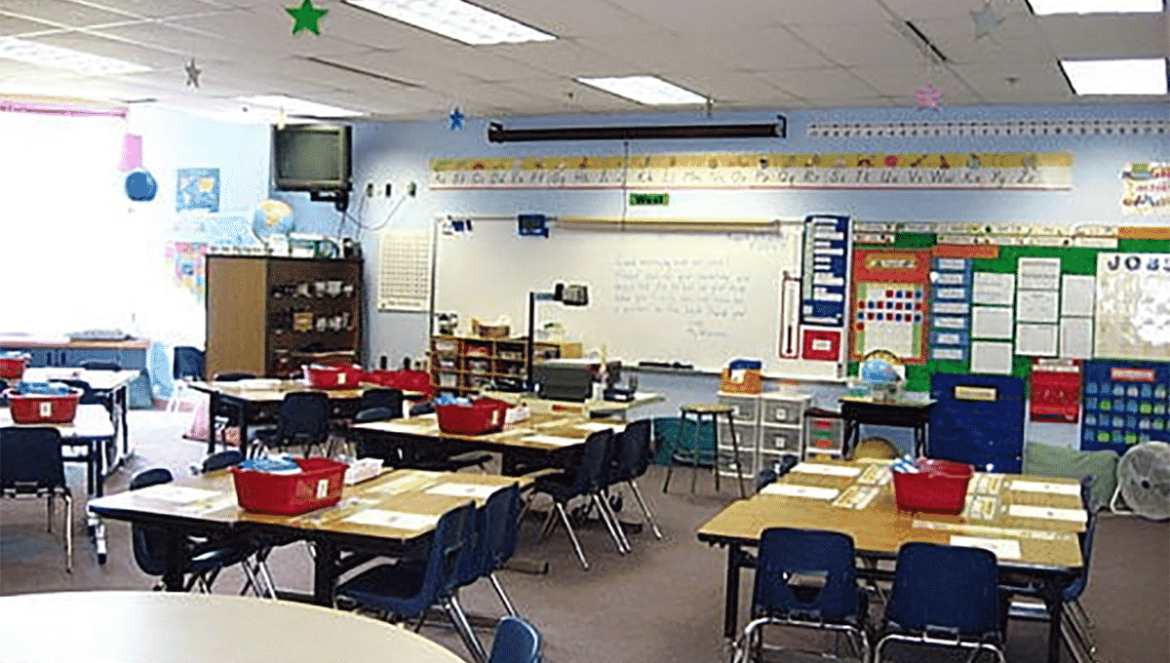Table of Contents
The Positive Action program shows that we can promote academic achievement and build students’ character. Every day as millions of students go to school, their parents and caretakers hope these young people will be treated with care, valued, inspired, and educated. Students hope they will get along with their peers and teachers, have their work measured up, and enjoy the process of learning. These hopes define positive classrooms for parents and students, so we provide Seven Strategies for Building Positive Classrooms below.
Unfortunately, the accountability requirements of No Child Left Behind have created a different definition of positive classrooms for many educators. For them, positive classrooms have come to mean places where students arrive at school ready to learn; work diligently to master academic standards (particularly math and reading); go home and accurately complete homework; and return to school the next day eager to learn more. Often, teachers are so focused on ensuring that students pass achievement tests that they have little or no time to address students’ social and emotional needs.
Seven Strategies for Building Positive Classrooms
1. Make Learning Relevant
Students are more engaged in learning and retain knowledge better when they see that it is relevant and vital to their own success and happiness. By discovering students’ talents, learning styles, and interests, teachers can adjust teaching methods and strategies. By giving students a say in how the classroom operates, teachers increase students’ sense of ownership in the education process.
2. Create a Classroom Code of Conduct
3. Teach Positive Actions
-
The importance of doing positive actions to feel good about yourself.
- Positive actions for a healthy body (such as nutrition, exercise, and sleep).
- Positive actions for the intellect (such as thinking, decision-making, and problem-solving skills).
- Positive actions for self-management (such as managing time, energy, emotions, and other personal resources).
- Positive actions for getting along with others (such as treating others fairly, kindly, and respectfully).
- Positive actions for being honest with yourself and others (such as taking responsibility, admitting mistakes, and not blaming others).
- Positive actions for improving yourself continually (such as setting and achieving goals).
4. Instill Intrinsic Motivation People need to feel good about themselves. In the Positive Action program, teachers help students understand that people are likely to feel good about themselves when they engage in positive actions. The program explains a three-step process for choosing positive actions: First, we have a thought; second, we act consistently with the thought; third, we experience a feeling about ourselves based on the action. That feeling leads to another thought, and the cycle starts again. With practice, students learn that if they have a negative thought, they can change it to a positive one that will lead to a positive action and a positive feeling about themselves—a powerful intrinsic motivator.With repeated reinforcement by the teacher, this simple explanation helps students understand and improve their behavior in any situation.
Teachers can strengthen intrinsic motivation by recognizing and positively reinforcing positive actions when they see them. Recognition activities and items—such as tokens, stickers, and certificates—can be effective. But when teachers or other staff use this strategy, it’s important that they recognize the positive behavior, ask how it made the student feel, and tell the student the extrinsic reward is areminder of that good feeling. When students make the connection between their performance and feeling good about themselves, intrinsic motivation is enhanced and positive behaviors continue.
7. Always Be Positive
A Research-Based Program
It is challenging to implement all of these seven strategies continuously and well. For schools looking for a tool, the Positive Action program is one proven approach. The program provides an easy-to-use curriculum for teachers at each grade level; a principal component for developing school climate; and kits to facilitate the involvement of counselors, families, and communities. Positive Action has been rigorously evaluated in longitudinal randomized studies with students from a range of backgrounds and in a range of community types. The U.S. Department of Education’s What Works Clearinghouse reviewed these studies and recognized Positive Action as the only character education program that—by the clearinghouse’s standards—achieves positive effects in both academics and behavior (see ). The many schools using Positive Action stand as testimony that focusing on positive reinforcement and intrinsic motivation in the classroom results in a positive environment for teaching and learning and enhances academic rigor.
Subscribe to edCircuit to stay up to date on all of our shows, podcasts, news, and thought leadership articles.


